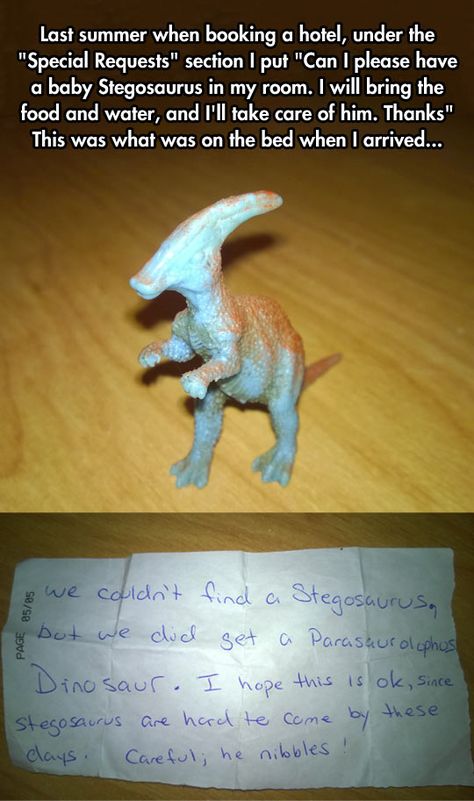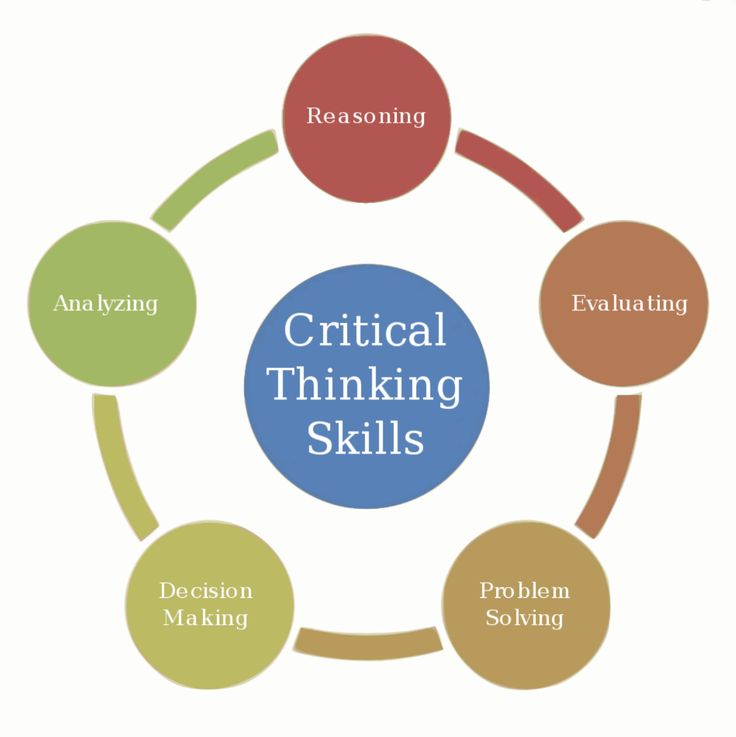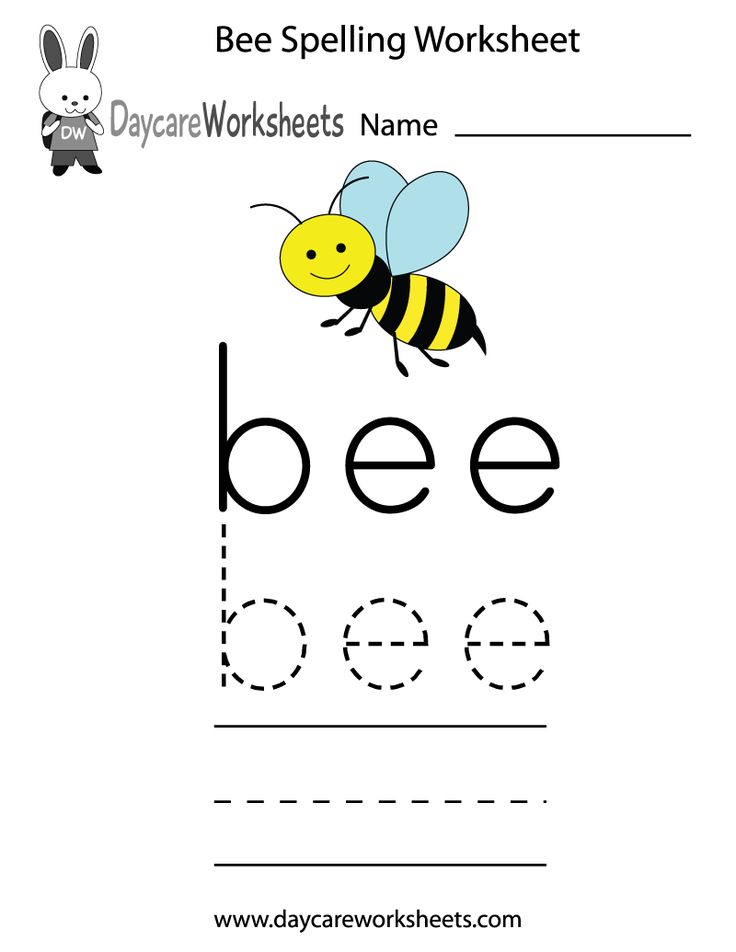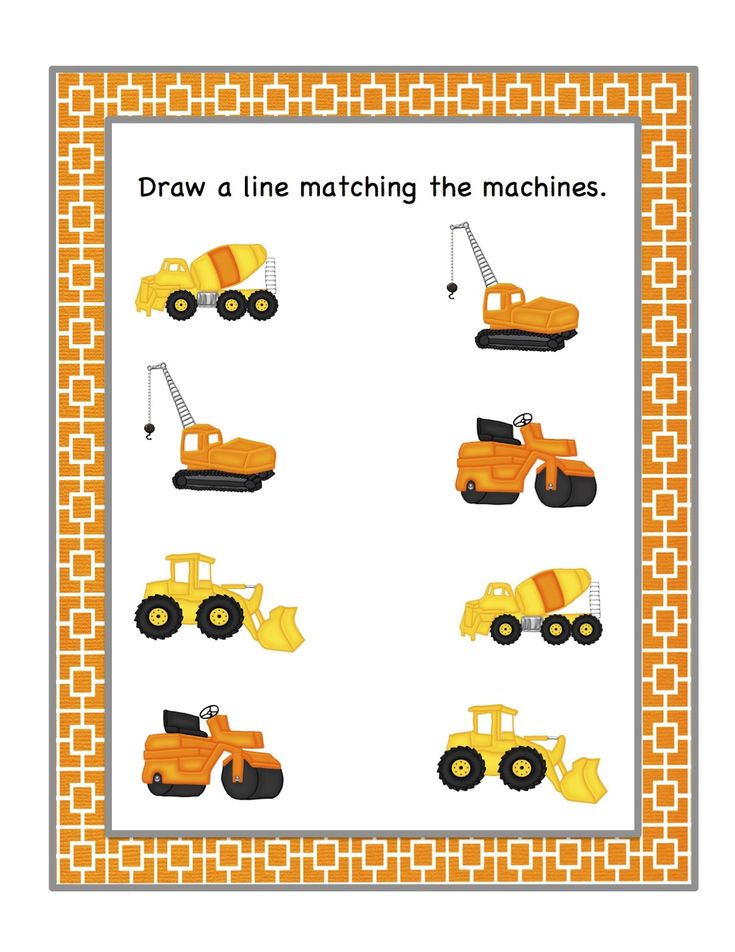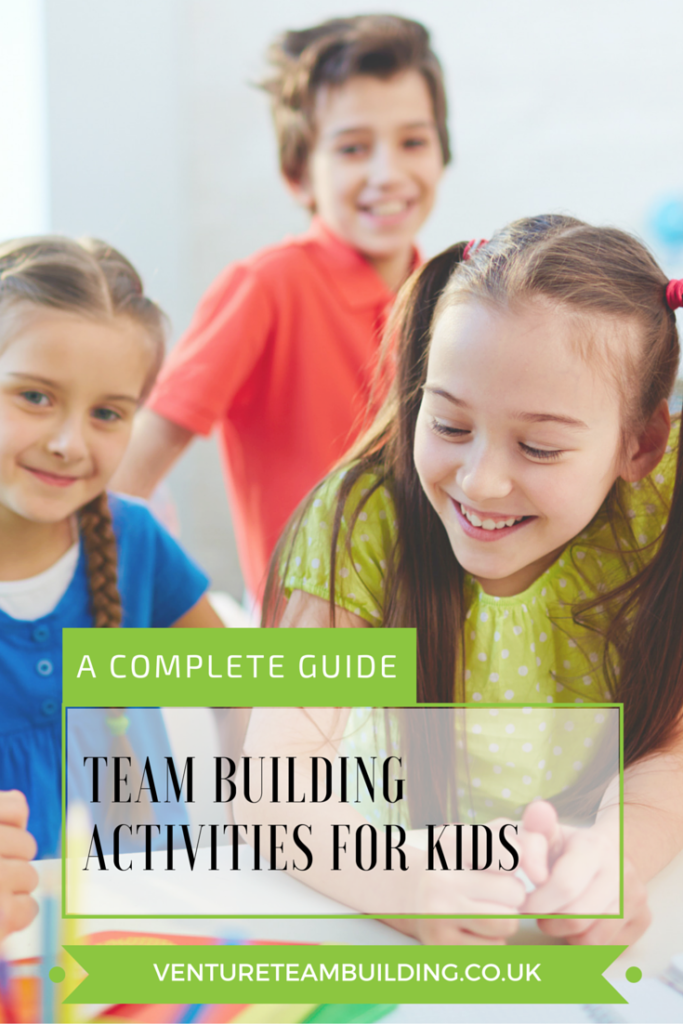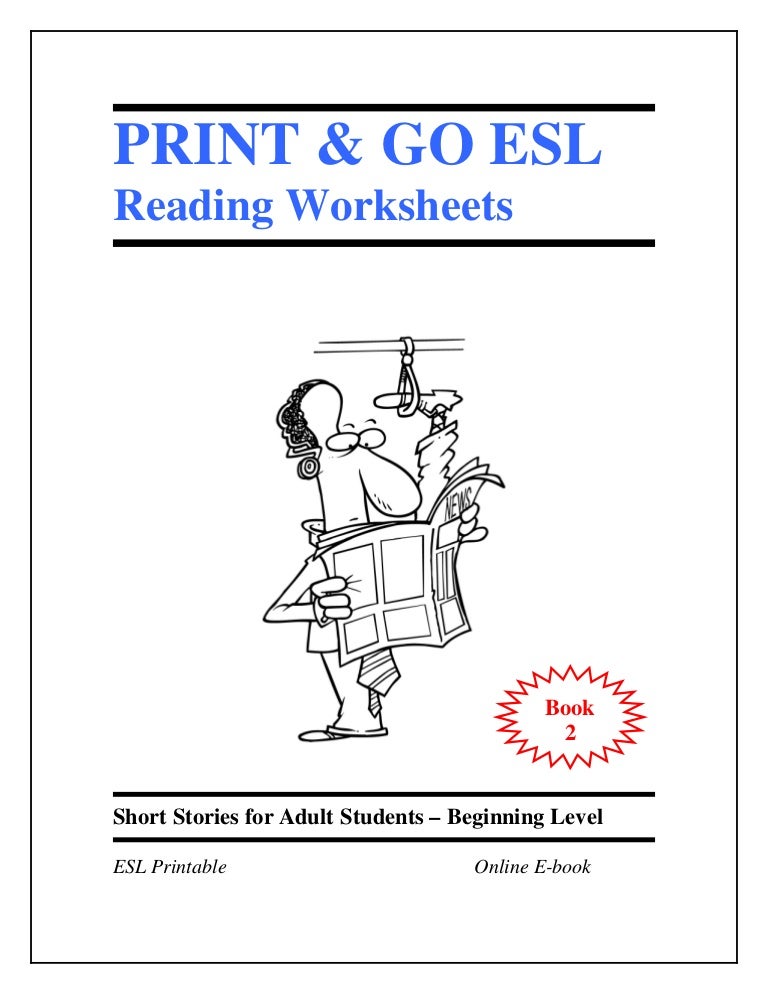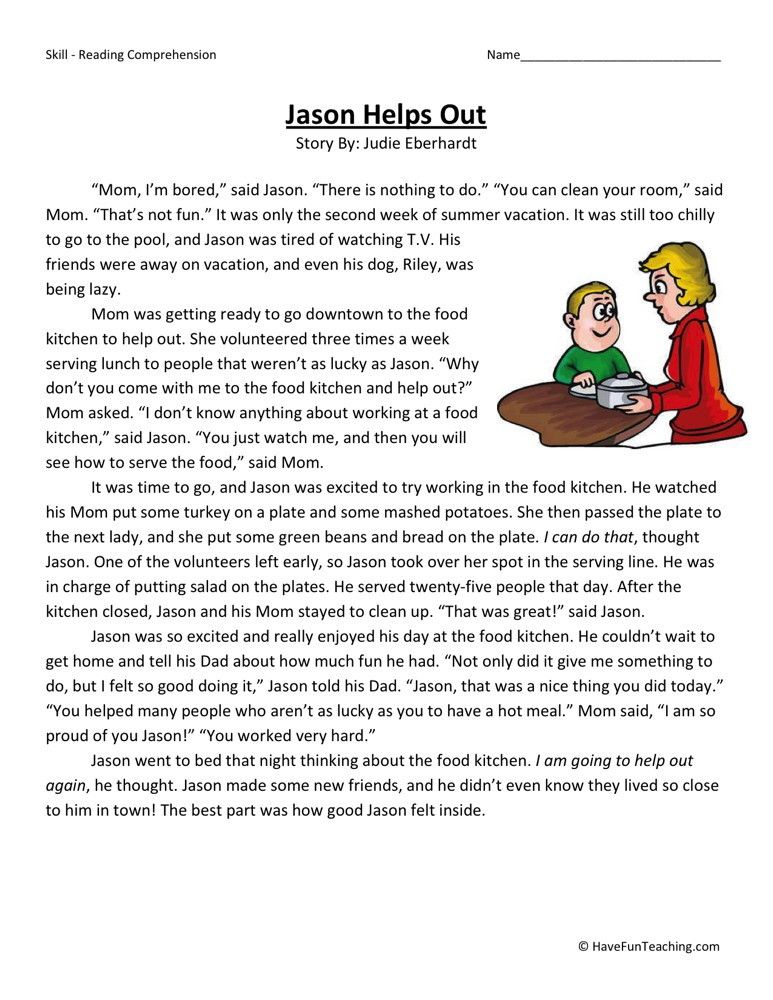Activities to teach kindness
17 Activities for Kids to Practice Kindness and Compassion
Having compassion for others and treating those around us with kindness doesn’t have to be taught. It’s often learned through model behavior and comes naturally to many kids. But there are many activities for kids that further encourage a ‘kindness mindset’. In bringing awareness to situations that require compassion and empathy, children will begin to view others with a more understanding lens.
These activities and acts of kindness will help children interact and engage with the world around them in a compassionate and empathetic way:
1. Play a cooperative, team-building game with friends.
Playworks is a non-profit organization that supports learning and physical health among children. It’s a great resource with a number of examples of team-based games for kids.
2. Volunteer at an animal shelter.
Teaching compassion for animals is a great way to practice empathy, kids are naturally drawn to animals and love to help them.
3. Visit the elderly.
Your children can sing songs, perform a short skit, or play an instrument.
4. Join a family fun run that donates money to a charitable cause.
Discuss and research the cause with your children beforehand.
5. Volunteer at a food bank.
This is an excellent hands-on way for kids to help out and also get a better sense of the struggles that some face.
6. Make a family Kindness Jar.
The Kindness Jar is a simple system of positive reinforcement that promotes kind behavior and acknowledges the effects of unkind behaviors.
7. Write a kind note for a family member.
Having your child take a moment for positive considerations and then articulate it in a note does well to foster kindness.
8. Make a homemade bird feeder to put in your yard.
Check out some interesting ways to create your own bird feeder from everyday recycled materials.
9.
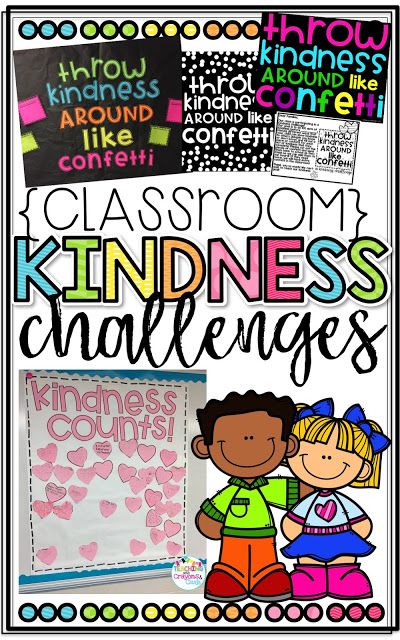 Bring your teacher a drawing or small gift.
Bring your teacher a drawing or small gift.
It will show how much your child appreciates their hard work and dedication!
10. Sponsor a child from another country.
You can help children living in underprivileged communities through organizations like World Vision.
11. Read stories from the Make-a-Wish website or watch some of their YouTube videos.
Make-a-Wish has a collection of touching stories for you and your children to read through on their website.
12. Read books about friendship.
Here are a number of books about friendship and love – perfect for children of toddler-to-preschool age.
13. Host a lemonade stand.
Donate the earnings to a worthy organization you and your children have picked together.
14. Write a letter to a soldier.
Operation Gratitude is a great organization to check out to thank soldiers for their commitment and bravery.
15. Bake treats for local firefighters or police officers.
Bake treats for local firefighters or police officers.
These banana breakfast cookies are a healthy and delicious recipe to go with.
16. Donate pre-loved items to those in need.
Old clothing and toys are two great places to start!
17. Act it out!
Here are 10 scenarios that help kids develop compassion.
These activities will help children gain a deeper understanding for others while teaching them to spread kindness and compassion. Plus, they will feel really good while doing them!
Would you like to be the first to hear about our new products and more?
Sign up for our Nature’s Path Newsletter.
Katie Chiavarone
31 Kindness Activities for Kids
Math. Writing. Kindness. What do these three things have in common?
They're all skills to be taught, practiced, and reinforced. Of course, we also mess up and learn from our mistakes with all three. And they're all things we can get better at, no matter our age.
Of course, we also mess up and learn from our mistakes with all three. And they're all things we can get better at, no matter our age.
Today, we're rounding up one month's worth of kindness activities for kids.
Make sure you stay on track by downloading and printing our complete calendar of kindness activities listed below.
Before you continue, we thought you might like to download our FREE 21-Day Family Gratitude Challenge. Make this challenge a part of your night routine or family dinner time for the next 21 days (that's how long it takes to build a habit).
A Note Before We StartKindness must be intrinsically motivated.
According to Psychology Today, several studies have shown that "providing children with a reward for behavior is almost like telling them that the behavior itself is not much fun. So if you want to promote intrinsic motivation—if you want to teach your kids that learning in school or helping others are enjoyable in and of themselves—using rewards might be the wrong strategy.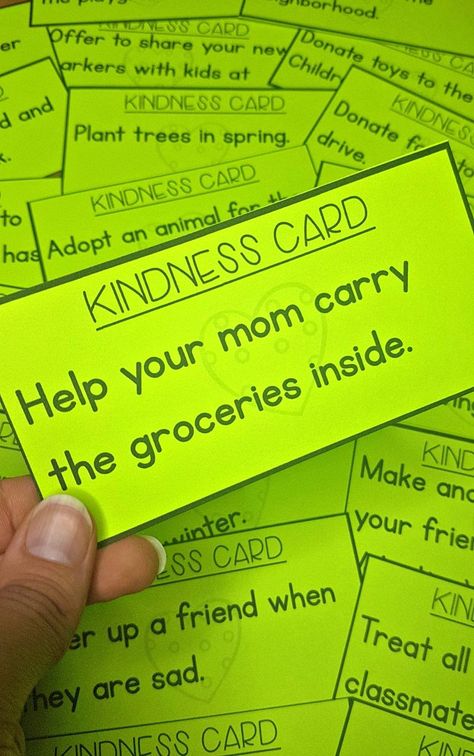 "
"
Furthermore, those studies found that when the rewards stop, the positive behaviors often stop; however, when rewards weren't offered in the first place, the behaviors often continue.
Even praise should be used sparingly, as too much can create external motivation—though it shouldn't go unused. Instead, reserve your feedback and encouragement for when it's most beneficial.
(These studies were primarily done with neurotypical children; speak to an expert about your child's individual needs.)
Keep this in mind when going through each activity. Now, let's get started!
Day 1: Teach the Difference Between Kind and NiceOn day one of your month of kindness activities for kids, teach them the difference between "nice" and "kind."
- Nice: doing what is expected to please those around you
- Kind: showing empathy and being willing to stand up for what is right
Create a poster with a column for "kind" and a column for "nice.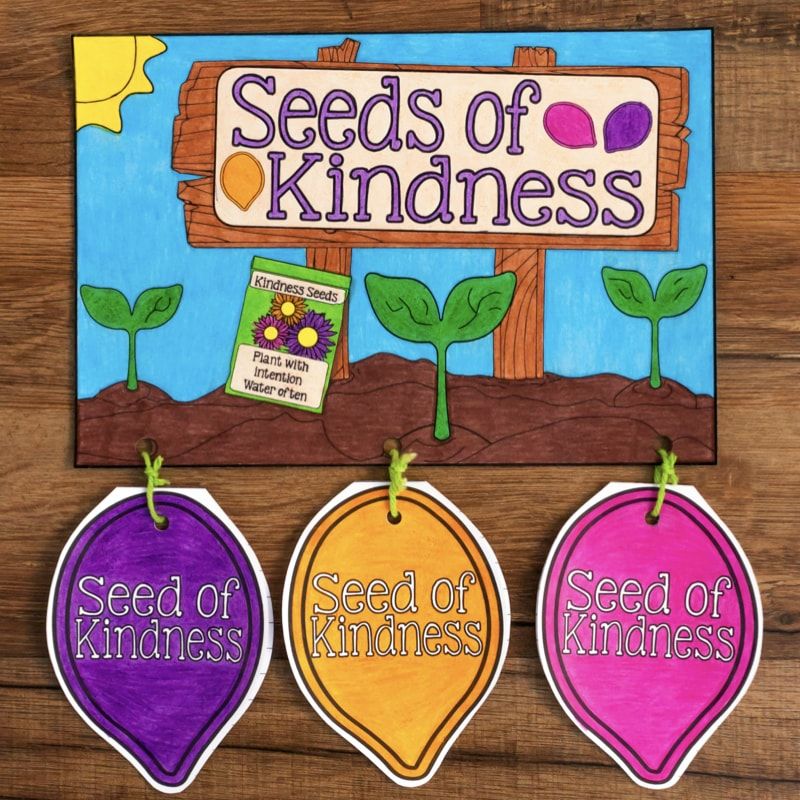 " Have the kids write suggestions on sticky notes (or offer pre-written options) and put them in the column where they think the options belong.
" Have the kids write suggestions on sticky notes (or offer pre-written options) and put them in the column where they think the options belong.
Discuss each note to agree if they are in the correct columns. It's okay to put a few in the middle—context can matter.
Once you've agreed upon which notes go in which column, hang the poster on the wall.
Day 2: Teach T.H.I.N.K."T.H.I.N.K." means before you say anything, you should ask yourself if what you're about to say is:
- True
- Helpful
- Inspiring
- Necessary
- Kind
Consider showing your kids an actual social media post (or a made-up one for younger children). Look at the post and comments and have the kids determine how much the person used T.H.I.N.K before they posted—how many letters did they get?
Day 3: Write a Letter to SomeoneMany grown-ups don't realize how impactful they are in a child's life.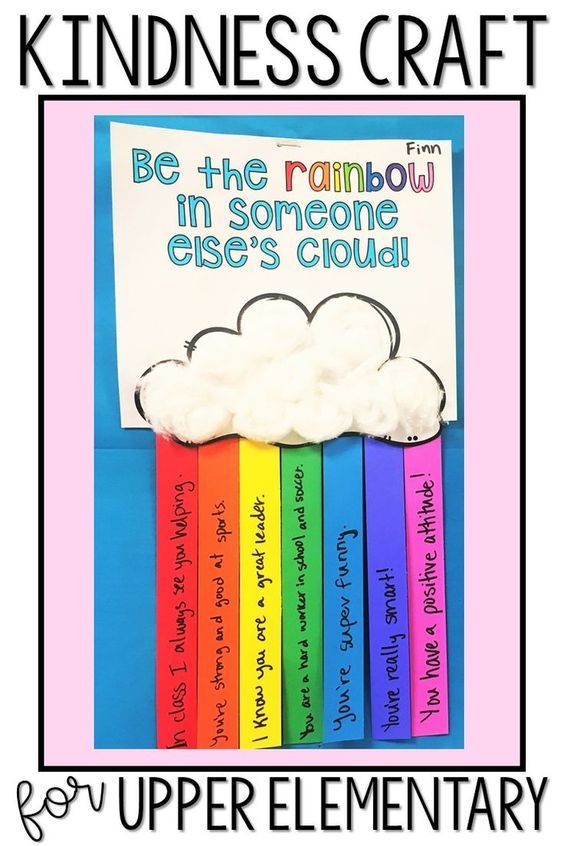 This next kid-friendly kindness activity teaches children gratitude while making someone’s day.
This next kid-friendly kindness activity teaches children gratitude while making someone’s day.
Ask your kids, "Name an adult (other than me) who is important to you.? Why?" When they decide—and this does need to be their decision so their gratitude is genuine—have them write a note or draw a picture that tells the adult specifically why they appreciate them.
Letters can be mailed or hand-delivered depending on the parameters you set. If you are a teacher, consider asking your kids to write a letter to another staff member at school.
Day 4: Teach About EmpathyYou can teach your child empathy from day one by modeling it for them. As your kids get older, you can help them identify emotions, embrace diversity, and understand current events through the lens of kindness.
Spend this day focusing on teaching empathy skills—and keep this up as time goes on.
Day 5: VolunteerRather than saying your kids must volunteer at a specific location, talk to them about what matters to them.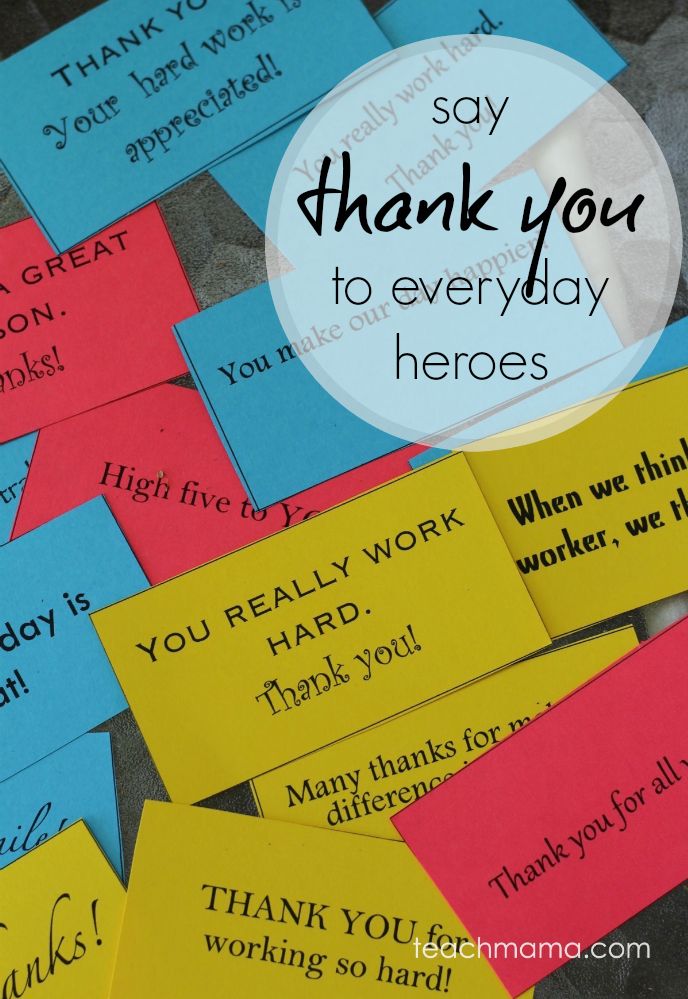 Animals? Older adults? The environment?
Animals? Older adults? The environment?
Once they've decided who to help, research locations where you can volunteer together.
After you've finished your day of volunteerism, discuss the experience with your children. If the volunteer spot was a good fit, consider going back regularly. If it wasn't, try somewhere new!
Day 6: Show Kindness to WorkersTurn an average day of errands into a kindness activity for your kids by making them aware of their surroundings and behavior.
If you go to a store and see items on the floor or tables that customers should have picked up or left tidy, your kids could pick them up. If they don’t know where items go, they can place them in a neat pile.
Have your child take the lead at checkout. (Be sure you've already practiced things you say to a store worker.) Positive interactions can make a worker's day!
If your child is older, fill them in on what a day in customer service can involve. Ask how they'd want to be treated if this was their job and remind them to think about that when they're out.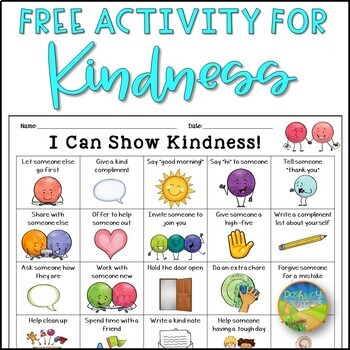
On this day, teach your children how to help other kids.
You can create a “partner project” where each child reads a story or learns a skill, which they then need to teach their partner. You can also encourage older kids to help younger kids with schoolwork.
When kids help other kids meet their goals and learn new skills, they learn patience, kindness, and responsibility.
Day 8: See a Play or MusicalKeep an eye out for performances in your area. Read their synopses and determine if kindness could be a theme. If the play has a relevant online study guide available, even better!
A few live theatre options to help teach kindness (and frequently performed) are:
- A Christmas Carol (Note: there are versions for younger audiences, which are far shorter than the original.)
- High School Musical
- Puffs! (Note: there's a version for younger audiences and a version for older ones.
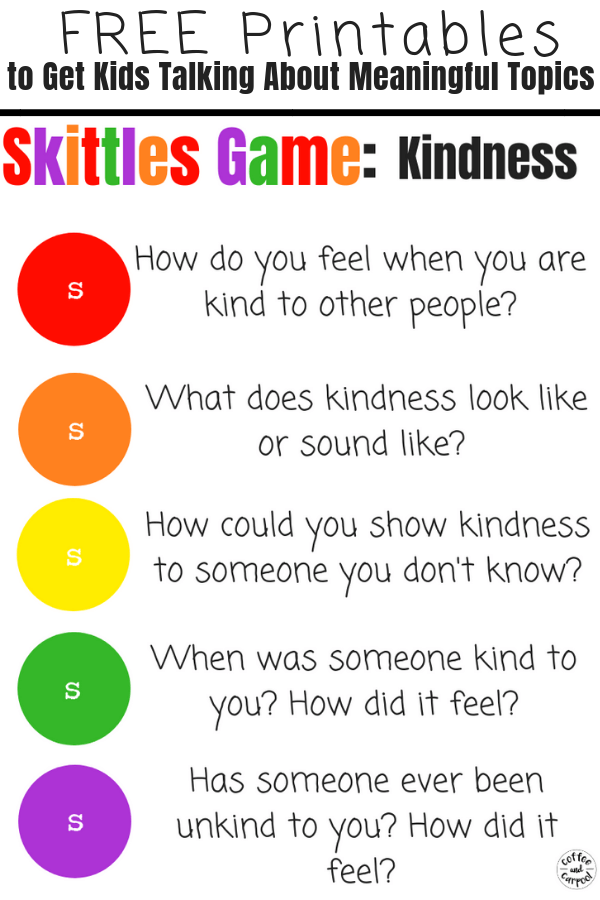 Make sure you know which one you're seeing.)
Make sure you know which one you're seeing.)
People who grow plants are involved in their entire life cycles. For kids, this kindness activity may be the first time they've ever done something like it and they learn how everything needs love and attention.
Try to choose a hardy plant (e.g. succulents), particularly for younger or more forgetful kids. Make the plant their full responsibility, supervising only as necessary.
If the plant dies? This is a time for a growth mindset, not shame. Even the best gardeners' plants die from time to time. Talk about what may have gone wrong (and whether or not it was in the child's control) and try again with a new plant.
Day 10: Create a Compliment BoardTruly effective kindness activities for kids will challenge children to dig deep and really think about what they appreciate about others. A compliment board can be a great avenue for generating kind thinking patterns.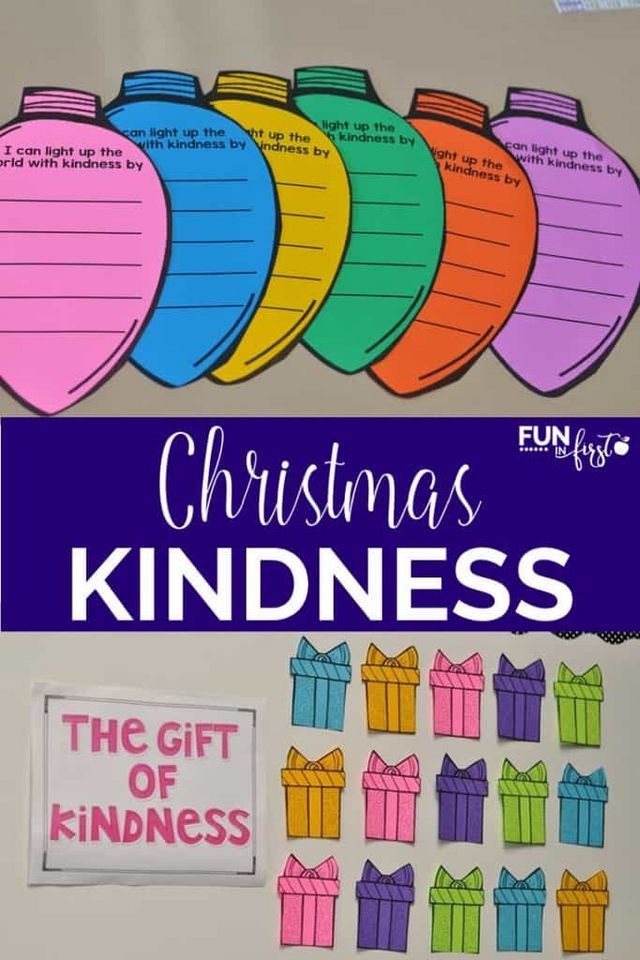
Create a spot in your house or classroom where children can put notes saying something positive about, or giving thanks to, someone else. If you're in a classroom, you could use envelopes for individual students.
Leave this up for the rest of the month or longer if you like.
These notes should be sincere and never forced; they should be written when someone wants to say something kind.
Try to keep it from becoming a competition. Perhaps make the notes anonymous or decide ahead of time who will receive compliments from the rest of the group that day or week.
Note to teachers: Is there someone who'll never get these notes? Get to the root of the issue and make sure it's fixed before starting this activity.
Don't forget to download our FREE 21-Day Family Gratitude Challenge and make this challenge a part of your family's routine!
Day 11: Create Growth Mindset RocksGrowth mindset rocks are stones kids paint and write messages on.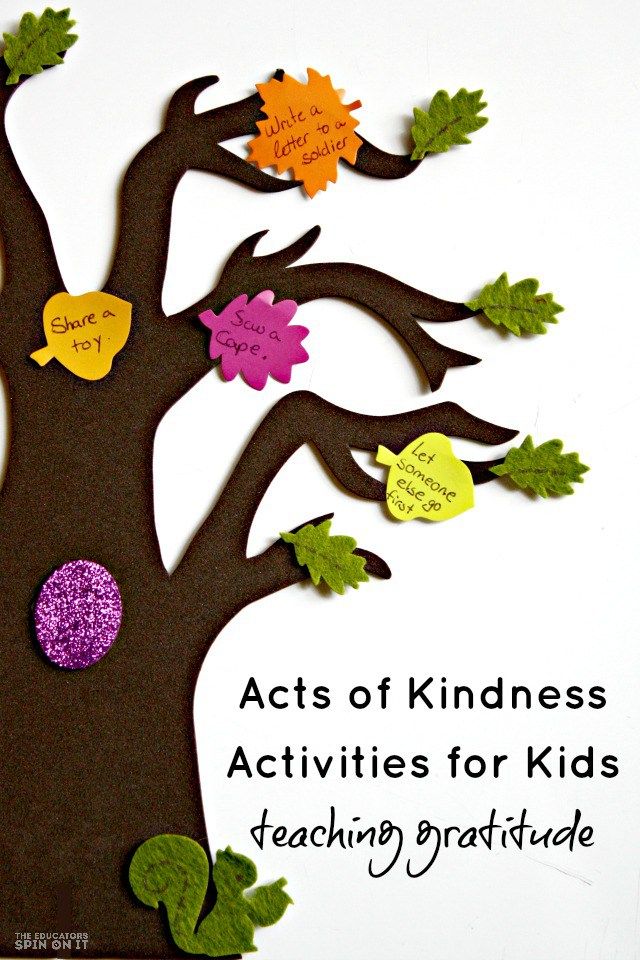 The message could be something as simple as "You rock!" or something more profound.
The message could be something as simple as "You rock!" or something more profound.
Place the painted rocks in a public location (with permission) or your yard with a sign telling people they can take one.
Day 12: Play a Cooperative GameWhat better activity for teaching kids kindness than a good old-fashioned game?
A cooperative game is a game or puzzle where you must work as a team. Winning only happens through active listening and group decision-making. Some of these games are:
- For younger kids: Outfoxed!, Friends and Neighbors: The Helping Game, Gnomes at Night
- For older kids: Mysterium, Forbidden Island
There are books about kindness for every age group and they don't have to be totally on the nose to be effective. Find books kids can relate to and be prepared to discuss kindness using the book.
Some books may take longer to read. Treat these like you're in a book club and space the reading out over the month.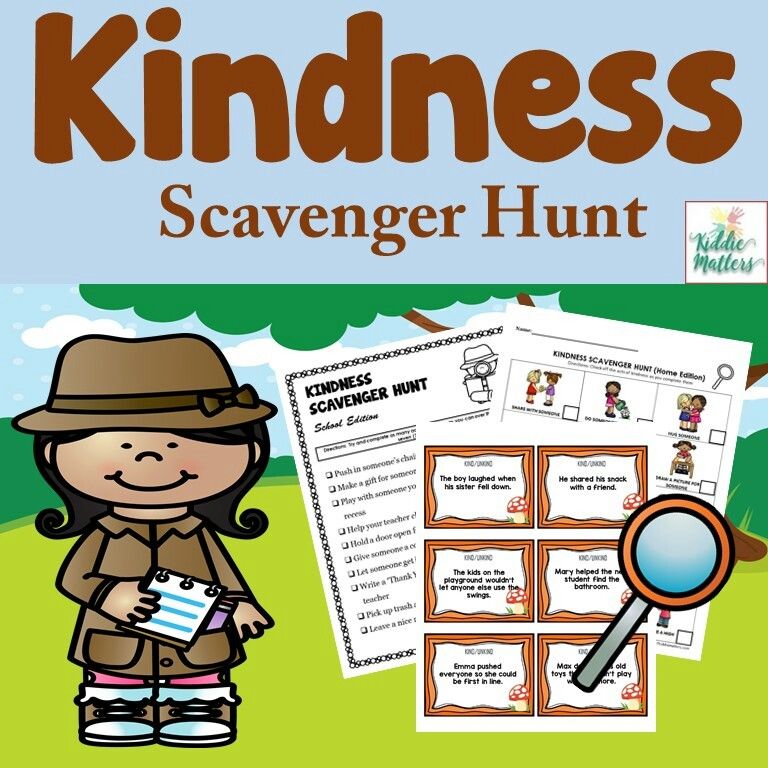
You can find the theme of kindness in a variety of books, including:
- For young kids: The Rabbit Listened, Last Stop on Market Street, The World Needs More Purple People
- For tweens or teens: To Kill a Mockingbird, Wonder, A Wrinkle in Time
One of the most effective kindness activities for kids is discussing diversity and more importantly inclusivity in an open and honest manner. While you should focus on similarities, it's essential to acknowledge differences exist.
Explain what you can. If a question stumps you, research it in real-time. Admitting you don't know everything models a growth mindset.
Discuss what we should do or say if we notice someone different than us and give kids the opportunity to ask you questions in a safe space or do their own research.
Day 15: Discuss Misguided KindnessSometimes an act of kindness may not be as kind as we think.
For instance, someone may assume a person with a visible disability needs help. Author Rebekah Taussig discusses this topic in an article for Time. You could summarize the article for younger kids and have older ones read it themselves.
Other acts of "misguided kindness" can be based on assumptions about race. For example, complimenting someone's English or touching someone's hair to say how much you like it can be unkind.
Even giving someone a hug they don't want can be an act of misguided kindness as it invades their personal space.
Day 16: It's Science Time!While kindness is about being selfless, there is a selfish aspect to it: When you do something kind, you feel good. This is because your brain releases the "happy chemicals" of serotonin, oxytocin, and dopamine.
On this day, focus on teaching your children or students about how the brain works. We have a lesson plan on neuroplasticity to get you started.
Day 17: Learn About BullyingFor something to be classified as bullying, it must be repeated, intentional, and have a power imbalance of some kind.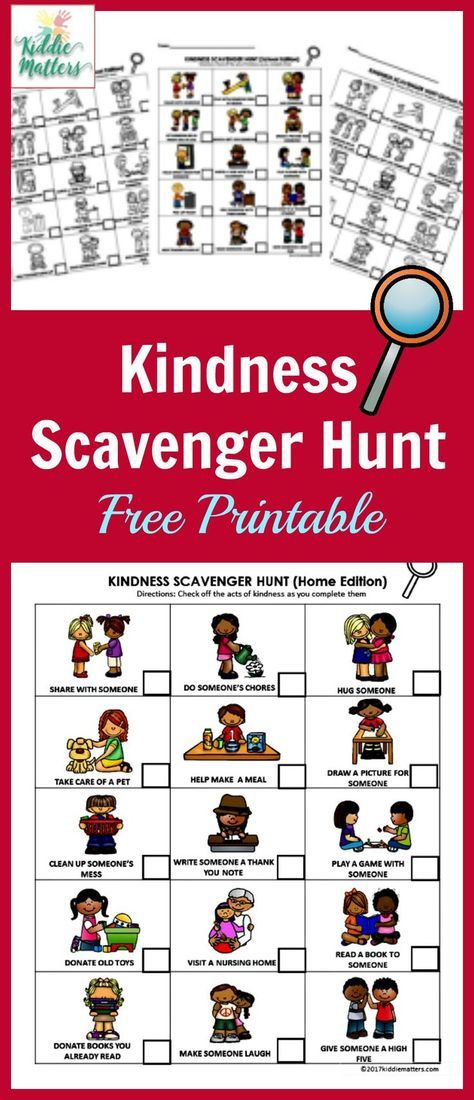
Kids should learn the signs of bullying, when and how to intervene, and the causes of bullying behavior.
Learning about the root causes of bullying behavior can help kids choose the kindest routes. Knowing and understanding people, who exhibit these behaviors, are most likely in pain may help stop negative reactions and, instead, find productive ways to use that energy.
Day 18: Watch a Movie About Overcoming ObstaclesInspiring kids movies like Inside Out, Finding Nemo, and even The Karate Kid show characters overcoming obstacles and often those obstacles include unkind people or the desire to be unkind.
After watching your chosen film together, talk about the kindness (and lack thereof) shown in the film. Let the kids guide the conversation.
Day 19: Hang Out With FriendsThere are few better times for kids to practice kindness than when they have to make decisions about activities and solve problems as a team.
If you're a teacher, this could be letting the kids run around outside for a while or giving free play time—teenagers even secretly love being allowed to play! If you're a parent, arrange a playdate or sleepover for your child and a friend or two.
Day 20: Understand What You Can and Cannot Control
Have an open discussion about times you were unkind because of what was happening around you and talk about what you could have done differently. Discuss the importance of acting on what’s in your control and accepting what is not.
Day 21: Play a Competitive GameFind a competitive board game, card game, or video game your whole family enjoys and play it together. Before starting, discuss how to be a good winner—as well as a good "loser".
Don't let your kid win, at least not every time. Instead, allow them to navigate the waters of both winning and losing at a game.
Day 22: Attend a Cultural EventAttend a public event organized by people of a different background than your child or family.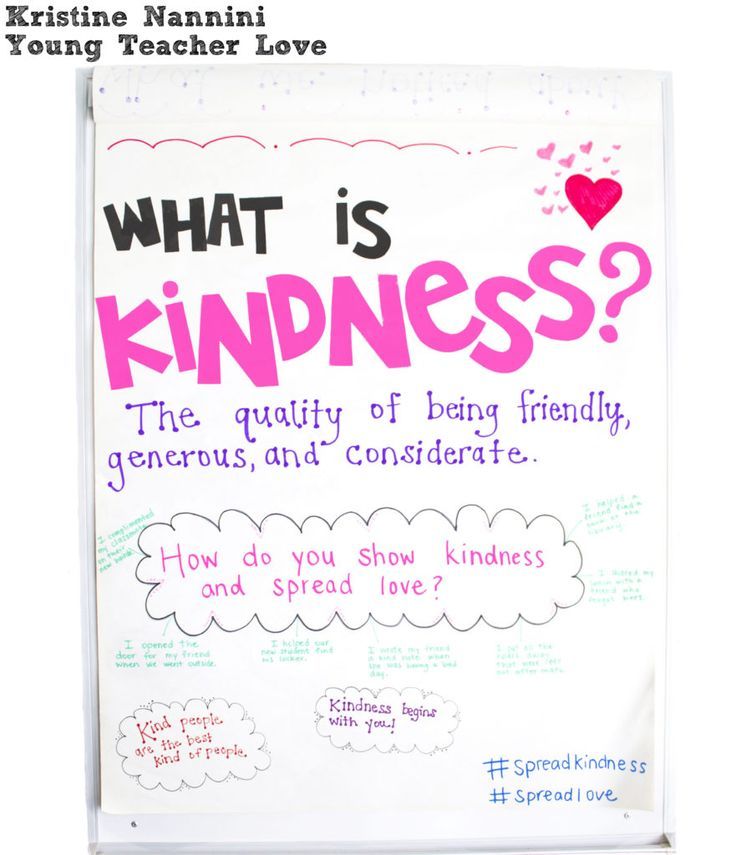
This doesn't necessarily have to be an education-focused event—you can attend a parade, a festival, etc. But, if there is an educational booth available, visiting it can improve this kindness activity for your kids.
Striving to understand people who are different from oneself is an important step toward kindness as it goes deeper than "tolerance" and "acceptance."
Day 23: Find a Pen PalThere are a ton of ways to find pen pals for your kids.
Meeting a new person, without the immediacy of conversation or texting, gives kids time to think about what they want to say before saying it, which can help them internalize this skill.
Day 24: Love YourselfTalk to your kids about why loving yourself is important.
After all, it is much easier to be kind to others when you are kind to yourself. You can discuss the science of this with older children and teens or keep it to the basics with younger ones.
Day 25: Practice MindfulnessMindfulness helps you reconnect with yourself in a meaningful way.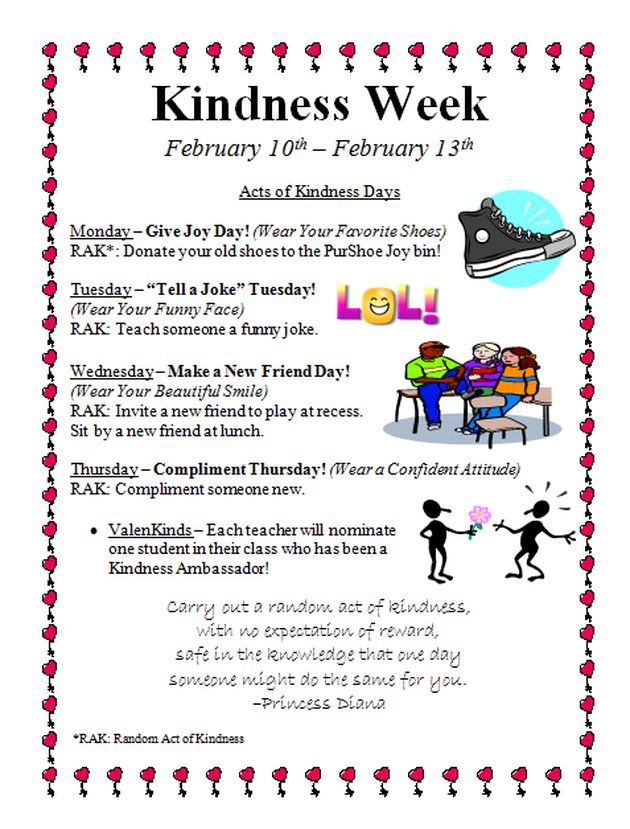 In addition, this activity helps kids with kindness because feeling overwhelmed or disconnected can make you lose focus on what matters.
In addition, this activity helps kids with kindness because feeling overwhelmed or disconnected can make you lose focus on what matters.
This activity looks different for every person, so you should investigate different mindfulness resources to decide what works best for your children.
This next exercise aims to help kids understand when kindness must be overruled for safety.
There are times when being kind is unsafe and standing up for yourself is more important.
Helping a stranger "look for their dog" in a park? Kind, but unsafe. Letting someone hug you when you're not comfortable with them doing so? Kind to them, unkind to yourself.
This is the day when kids learn to say "no" and leave a situation where something doesn't feel right. Empowering kids to set boundaries allows them to be kind to themselves.
Day 27: Learn First AidYou never know when you may need to help someone—or yourself—when injured.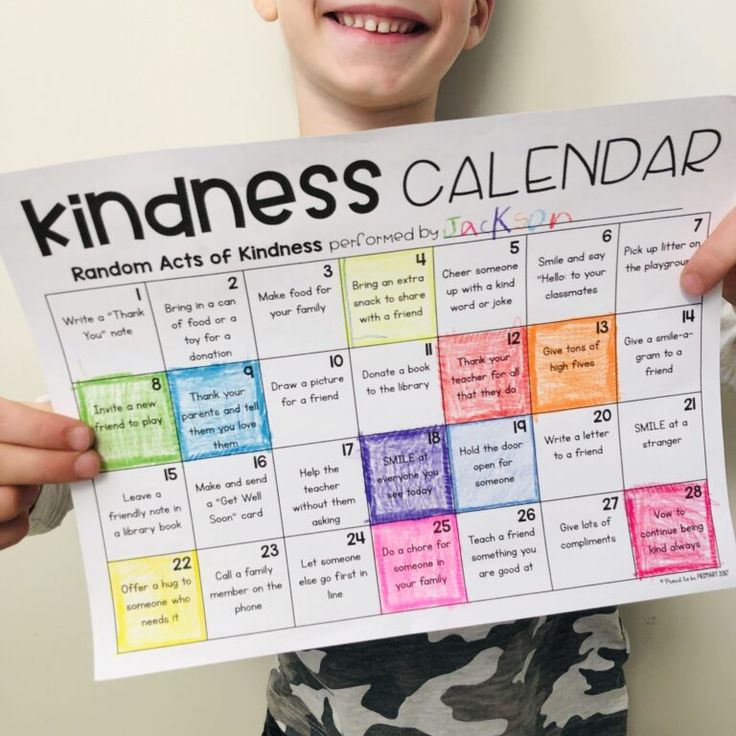 Therefore, learning first aid is a great kindness activity for kids.
Therefore, learning first aid is a great kindness activity for kids.
If possible, arrange for a professional (such as someone from the American Red Cross) to run this lesson.
Day 28: Find GratitudeWhen you feel grateful for the world around you, you're more likely to take care of yourself and others. There are a ton of ways to show gratitude for things big and small.
Even something as simple as a gratitude journal can go far. Have your kids write one to three things they are grateful for at the end of each day.
Alternatively, you can create a gratitude jar, where kids write what they’re grateful for on slips of paper to place in the jar. Watch as the jar—and their kindness—fills up!
Day 29: Teach Grit and ResilienceIf we're honest, choosing kindness every day is difficult. We don't always want to take the high road—in fact, that low road looks great sometimes.
Grit and resilience are how we push through those times and steer ourselves back to the higher and kinder road.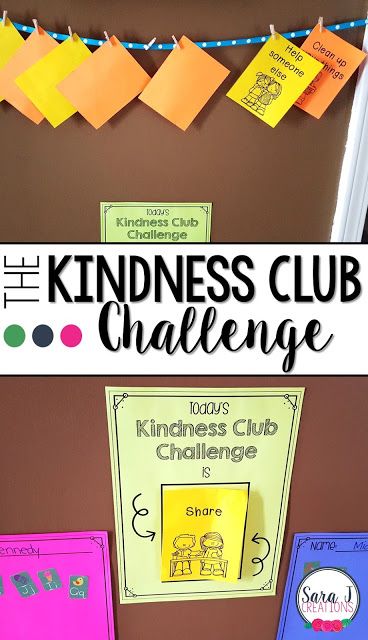
No matter how many kindness activities kids practice, no one is kind all the time. Even when they are, someone else may not reciprocate. These conflicts can be difficult to navigate.
Spend some time going over "I feel" statements, model conflict resolution skills, and then have the children roleplay these new abilities.
Day 31: ReflectToday, summarize the kids' kindness activities over the past month. Then, work out what your children or students have learned and which types of activities they have preferred.
After wards, keep it going with more acts of kindness, both modeled and practiced, as time goes on.
As a reminder, Big Life Journal encourages you to read, watch, or play anything you plan to engage children in before involving them so you can ensure appropriateness and be prepared to discuss.
Additionally, we recommend vetting individuals or locations for anything involving other people, e.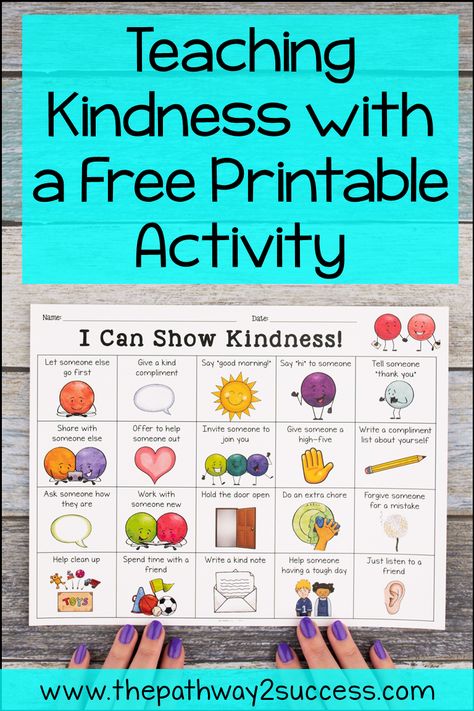 g., pen-pals, store workers, and volunteer positions. We cannot be responsible for any challenges arising from interactions with people involved in these suggestions.
g., pen-pals, store workers, and volunteer positions. We cannot be responsible for any challenges arising from interactions with people involved in these suggestions.
Looking for additional resources to support your child's growth mindset journey? Check out our popular Sibling Kit PDF (ages 5-12)! This printable kit is designed to help your children build a strong bond, mutual trust, and deep connection they will be able to count on for the rest of their lives.
Your children learn how to work through the conflicts, manage their BIG feelings, choose respectful behavior, and build long-lasting mutual trust. And YOU will have a happier and more peaceful home.
V.A. Sukhomlinsky.
Spiritual and moral education is a very urgent and complex problem of the present time, when material values prevail over spiritual ones. Children have distorted ideas about kindness, mercy, justice. The child is distinguished by emotional, strong-willed and spiritual immaturity.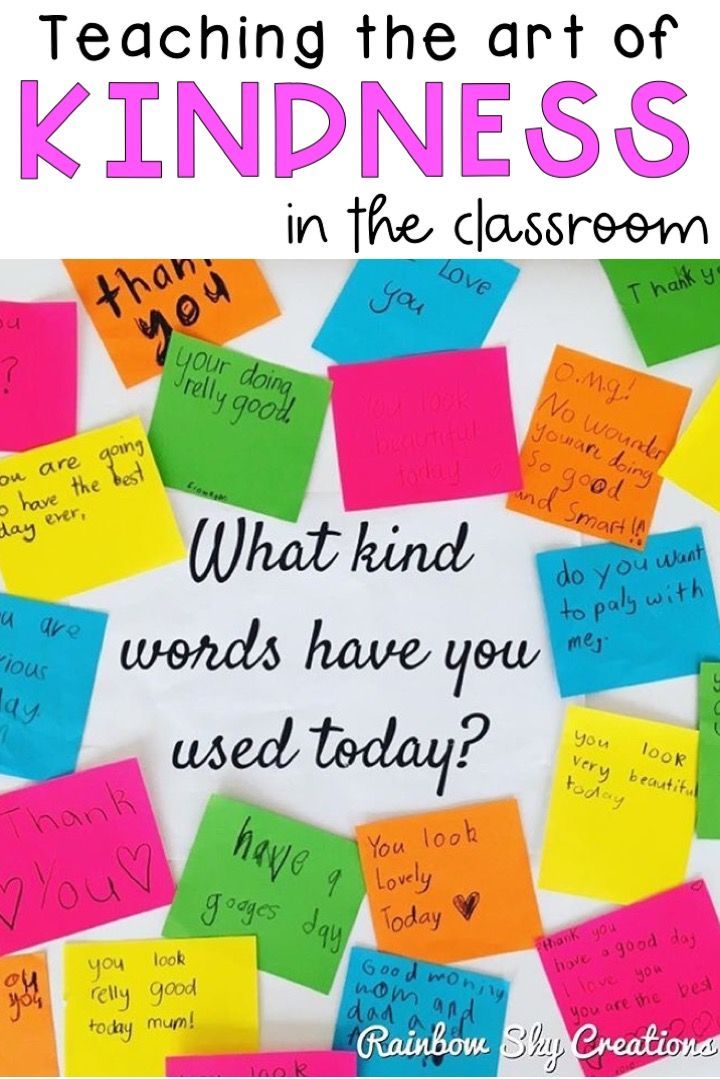 Kindness and mercy are the highest moral values, the pinnacle of the human spirit. They manifest the harmony of feelings, thoughts, actions; active opposition to everything bad, the fight against evil; willingness to help someone or forgive someone out of compassion. The basis of these relationships must be laid as early as preschool age, when everything human begins to form in the child.
Kindness and mercy are the highest moral values, the pinnacle of the human spirit. They manifest the harmony of feelings, thoughts, actions; active opposition to everything bad, the fight against evil; willingness to help someone or forgive someone out of compassion. The basis of these relationships must be laid as early as preschool age, when everything human begins to form in the child.
The concept of kindness is very capacious and multi-valued. This is sensitivity, responsiveness, goodwill, attentiveness and friendliness to people, concern for their comfort and peace, readiness to be useful.
Kindness is based on the ability to empathize, sympathy, the ability to mentally put oneself in the place of another, to understand, to feel what another person is going through, to alleviate suffering, to provide assistance. Kindness is the rejection of one's own pleasure, the joy of a person who has "created" good. Kindness is also connected with the manifestation of conscience, a sense of shame in front of people and in front of oneself.
Kind child or not very good depends on upbringing. Young children are very sensitive to kindness and, conversely, to injustice. The primary task of adults here is not to destroy children's sensitivity and trust, not to teach them deceit and cynicism.
It is necessary to bring up kindness and mercy in a child with great perseverance and consistency.
Children go through the first school of good feelings in the family. The family has a huge influence on the development of the individual from the first days of his life. And the smaller the child, the more significant this impact. It is in the family that it is necessary from childhood to teach children the art of living among people, loving them, showing attention and kindness.
Parents are the first guides of the child in understanding and assimilation of moral requirements, helping him to gain social experience. What is sown by parents in the family will grow throughout life. And parents "sow" mainly with the help of a personal moral example.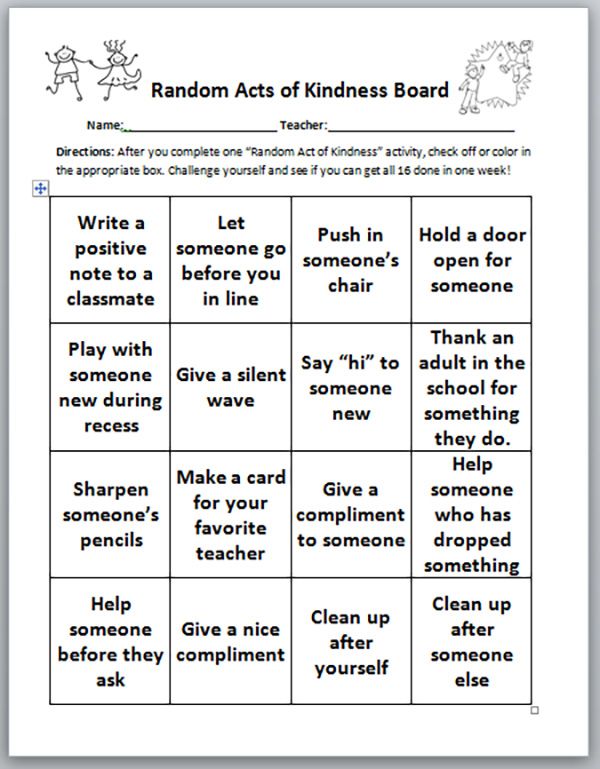 Adult members of the family with all their behavior (and not moralizing) bring up sensitivity, responsiveness, empathy in children. And it needs to start at an early age. And here the main role belongs to an adult. From birth, you need to show love, affection towards the child, use affectionate words more often, stroke, praise the baby for every manifestation of goodwill towards people ( smiled, gave away the toy, fed the bird ), teach ways of expressing sympathy, attention ( stroke the crying, thank, say goodbye, say hello, etc. ). It is impossible to allow a child to show hostility towards adults, children, animals, and even more so to reinforce these actions with a positive assessment ( the baby hits his mother in the face, and she rejoices and laughs ). A child at this age is very receptive to the assessment of an adult, he, as it were, “probes” the correctness of his behavior through this assessment and quickly learns what caused a positive reaction and what caused a negative one.
Adult members of the family with all their behavior (and not moralizing) bring up sensitivity, responsiveness, empathy in children. And it needs to start at an early age. And here the main role belongs to an adult. From birth, you need to show love, affection towards the child, use affectionate words more often, stroke, praise the baby for every manifestation of goodwill towards people ( smiled, gave away the toy, fed the bird ), teach ways of expressing sympathy, attention ( stroke the crying, thank, say goodbye, say hello, etc. ). It is impossible to allow a child to show hostility towards adults, children, animals, and even more so to reinforce these actions with a positive assessment ( the baby hits his mother in the face, and she rejoices and laughs ). A child at this age is very receptive to the assessment of an adult, he, as it were, “probes” the correctness of his behavior through this assessment and quickly learns what caused a positive reaction and what caused a negative one.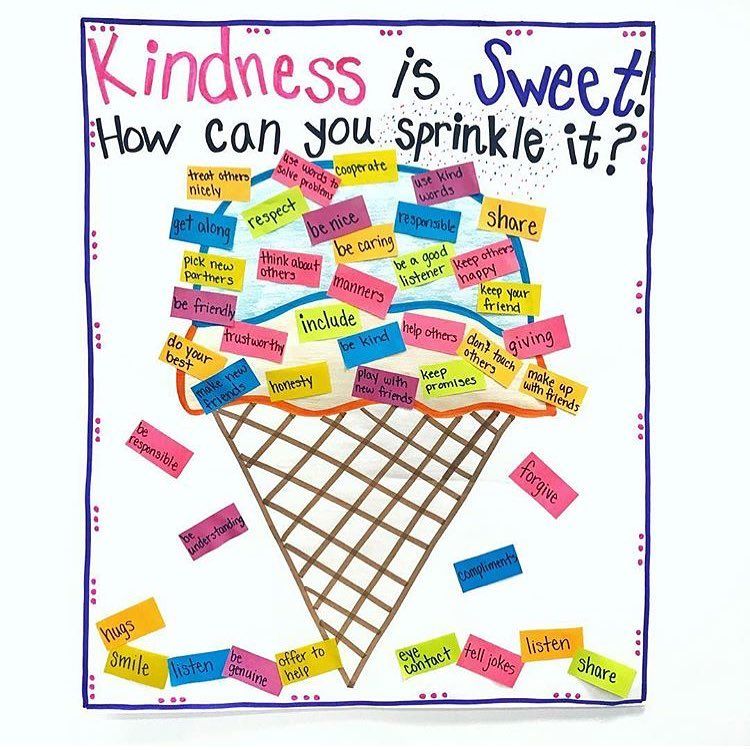
Moral norms, even those that the child knows well, do not immediately begin to guide his behavior. Initially, they are performed only at the request of an adult or in his presence, they are easily violated by a child. Moreover, the baby does not notice this violation and, negatively evaluating such behavior in general, does not attribute a negative assessment to himself.
Having learned the norm, the child, first of all, begins to control his peers. It is easier for him to see and evaluate the presence of moral qualities and the fulfillment of norms by his peers than by himself. Very often he correctly assesses the fulfillment of moral standards by his comrades and is mistaken about himself. The desire to establish oneself in the knowledge of the moral norm leads to the appearance of special statements addressed to adults - “complaints-statements”, which contain messages about the violation of the rules by one of the children. A child, turning to an adult, wants to establish himself as to whether he correctly understands the norm or rule.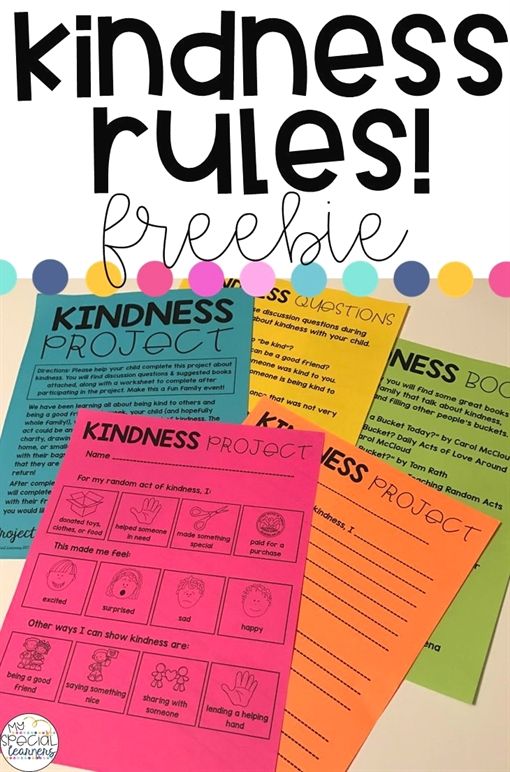 Gradually, evaluating a peer, comparing himself with him, listening to the assessment of his actions by adults and comrades, the baby comes to a real self-esteem.
Gradually, evaluating a peer, comparing himself with him, listening to the assessment of his actions by adults and comrades, the baby comes to a real self-esteem.
The most important method of education is an example of the behavior of the parents themselves, and the attitude towards each other. Children have keen powers of observation and high imitation. They capture the external form, and the ways in which parents communicate with each other, with people around them. It is good when children see a smile on the faces of their parents, they catch the disposition, the desire to help, they hear a friendly tone and kind words. However, one example in the education of kindness is not enough; it is necessary to exercise the child in good deeds. This can be both a service and help to the elders: give slippers, a bag, help prepare dinner, open the door, skip ahead. It is good when families practice common affairs between parents and children. Naturally, the initiative first comes from the parents.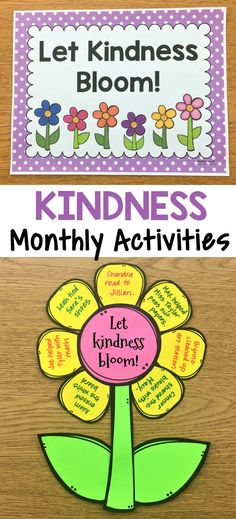 Children should be taught to look closely at the physical and spiritual condition of their relatives, since it is hardly necessary to expect that children will notice a bad mood, malaise of loved ones:
Children should be taught to look closely at the physical and spiritual condition of their relatives, since it is hardly necessary to expect that children will notice a bad mood, malaise of loved ones:
“Something sad about your girlfriend, ask what happened?”, “Find out how grandma feels?”.
A child should be helped not only to do good, but also to think according to the laws of kindness. Here parents will be helped by conversations about what kind of person is called kind, why? Children can be asked questions - tasks. For example: “What would you do?”, “What can be done to…?” . Conversations with children must be structured in such a way that the ethical conception acquires a definite, vivid, living content for the child. Then his feelings develop more intensively. That is why it is necessary to talk with children about the states, experiences of people, about the nature of their actions, about conscience, about animals that while away the freezing winter, about the complexity of various situations.
Putting the concepts of good and evil into a young person, it is impossible
to do without fiction. She is an important support along the way. While reading the book, the child gets acquainted with the surrounding life, nature, the work of people, with peers, their joys, and sometimes failures. Artistic word affects not only the mind, but also the feelings and actions of the child. A word can inspire a child, cause a desire to become better, to do something good, helps to understand human relationships, get acquainted with the norms of behavior. The formation of moral ideas and moral experience is facilitated by the communication to children of knowledge about the moral qualities of a person.
The child's feelings need to be strengthened and developed. To do this, you can pick up works of art that are close in content,
for example V. Oseeva "Why?", N. Nosova "Karasik", V.A. Sukhomlinsky “Why didn’t Olga pick a flower?”, A.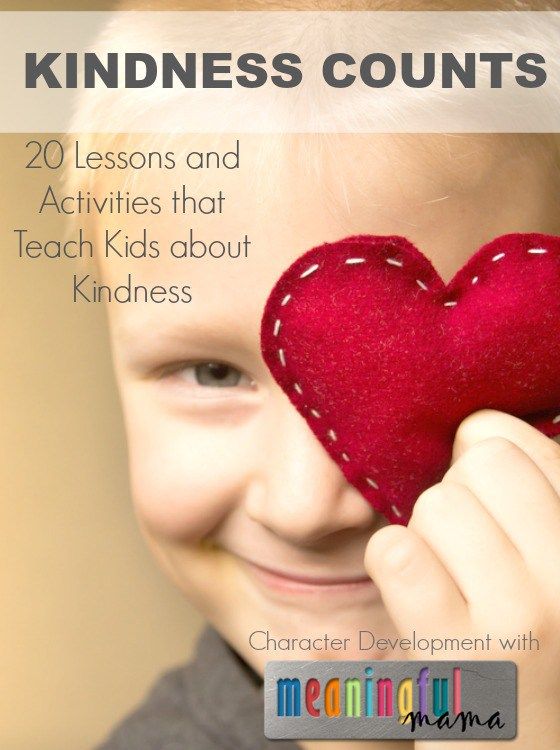 Kuznetsova “We quarreled”, K.D. Ushinsky "Know how to wait", A. Barto "Helper" . It would be nice after reading to discuss with him what you read about; which character is bad and who is good, why? How should one act, and how should one not? etc. Some proverbs are available to preschool children . They are easy to remember and have a positive effect on them. For example: “It’s warm in the sun, good in the mother”, “Bad to the bad, but good to the good”, “The good will do the deed rather than the angry” and others.
Kuznetsova “We quarreled”, K.D. Ushinsky "Know how to wait", A. Barto "Helper" . It would be nice after reading to discuss with him what you read about; which character is bad and who is good, why? How should one act, and how should one not? etc. Some proverbs are available to preschool children . They are easy to remember and have a positive effect on them. For example: “It’s warm in the sun, good in the mother”, “Bad to the bad, but good to the good”, “The good will do the deed rather than the angry” and others.
In the upbringing of kindness, grade is important, which confirms the child in the correctness of the act, helps to see the good in the act.
But, cultivating good feelings, it is necessary to arouse in the child a negative, intolerant attitude towards bad qualities: rudeness, cruelty, greed, to arouse indignation and condemnation towards them. Explain that for the sake of fun you can not torture animals, insects, tear and trample plants and flowers - they are not able to protect themselves. Teach how to stop bullying among peers. Be patient and everything should work out.
Teach how to stop bullying among peers. Be patient and everything should work out.
But the child does not only need to be told that he should be kind, he also needs to show and prove it, for example, by caring for domestic animals and plants. Buy with your child, for example, a hamster, let him choose a pet for himself, give him a name. Tell us how to properly care for him, what to feed him. Do this with your child so that he understands and feels the kind and caring attitude towards the animal.
Using the above methods in the system, parents can form in children the ability to act according to the laws of good human relations, to ensure that kindness becomes a trait of the child's character, necessary for him in later life.
There are several effective methods that are aimed at raising a kind child:
- Do not teach your child to give back. This only teaches aggression and that conflict cannot be resolved with words.
- Read instructive folk tales to your child more often.
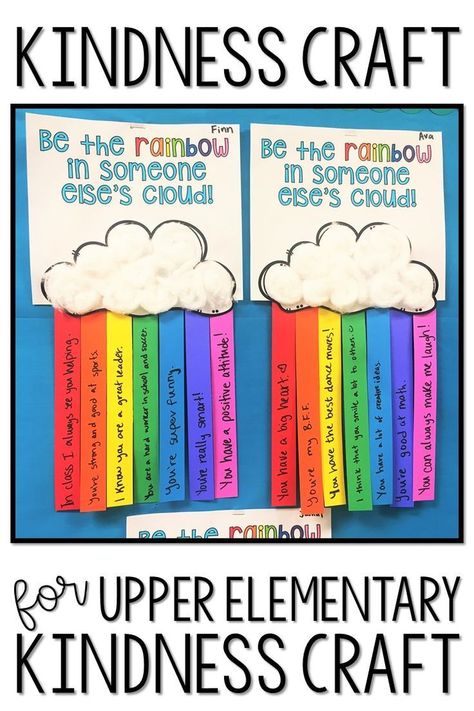
- Learn how to care for animals. If possible, get a pet at home and teach your child to take care of it. Read books about animals, watch films with their participation.
- Teach your baby to share. Tell me that being greedy is bad.
- Talk to your child about the diversity of people around us. Tell us how difficult life is for disabled children and orphans.
- Teach your child to help with household chores. So the habit of taking care of his relatives will be fixed in him forever.
- Praise your child for good deeds. Good deeds should be enjoyed.
So, kindness is formed in the family. Teach your child to help the needy and the weak, to take care of loved ones, not to offend the younger ones and animals. Cultivate the ability to do good every day. Becoming kinder and more merciful, the child develops emotionally correctly, due to which such feelings as responsibility and responsiveness are formed.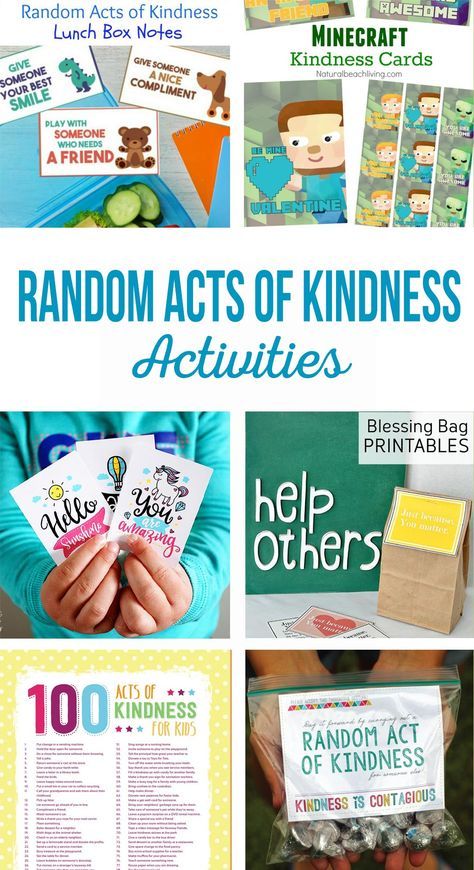 Sow love in the baby, so you can grow a good person.
Sow love in the baby, so you can grow a good person.
And most importantly, remember that kindness can only be nurtured by kindness.
Raising a sense of kindness and mercy
FORMING A FEELING OF KINDNESS AND MERCY IN PRESCHOOL CHILDREN
Help a fallen person to stand up.
Help the old, the weak, the blind to cross the road.
And do it cordially, from the heart, kindly, without frowning.
(Ozhegov S. I. and Shvedova N. Yu.
Explanatory dictionary of the Russian language).
Kindness and mercy are the highest moral values . They manifest harmony of feelings, thoughts, actions, active opposition to everything bad, readiness to help someone or forgive someone out of compassion.
In early childhood, when everything human is just beginning to take shape in a person, the upbringing of good feelings acquires special significance.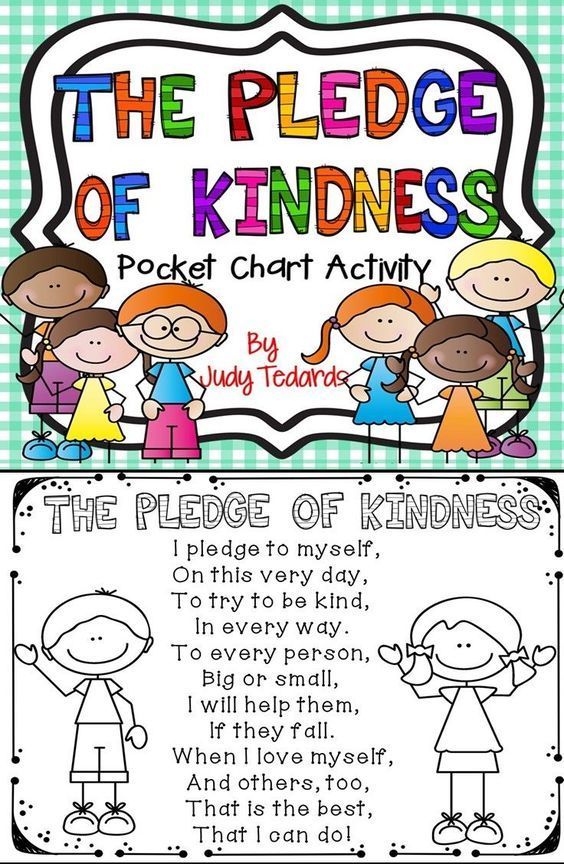
Children are kind by nature, but the priceless grain of kindness requires constant care, otherwise it may not germinate. The duty and duty of adults, parents and teachers, is to teach a little person to think, and feel, and act according to the laws of good human relations, according to the laws of mercy. . What kind of sensory experience a child receives in the first years of life - the experience of kindness or cruelty - cannot but affect the further formation of his personality.
Kindness is a capacious and multifaceted concept. This is humanity and responsiveness, sensitivity and benevolence, the ability to give up one’s “I”, “want” for the sake of “we”, “must”, show readiness to share the hardships and joys of other people.
Mercy - compassionate love, heartfelt participation in the life of the weak and needy - the sick, the disabled, the elderly. Cultivating a compassionate attitude towards such a category of people gives the prerequisites for showing respect for each other, understanding that each of us, or our loved ones, may find themselves in a similar situation and will need some kind of support. An active manifestation of mercy - various assistance, charity, etc.
An active manifestation of mercy - various assistance, charity, etc.
How to cultivate kindness, mercy? It helps:
Ø ethical conversations with the child that help children develop ideas about what is good and what is bad;
Ø proverbs and sayings
- An affectionate word is not difficult, but rather difficult.
- An affectionate word - what a spring day.
- And the chicken has a heart.
- Good and cracker to health, but evil and meat is not for the future.
- A kind word is better than a soft pie.
- To love a friend is to love oneself;
Ø games in which good feelings are manifested and consolidated in children, the ability to show care, attention: “Let's build a room for a doll”, “Bathing a doll” and others for kids, role-playing games for older preschoolers: “Hospital”, “Guests ”, “Tram ride”, etc.
Ø reading works of art: A. Barto "Vovka - a kind soul", J. Segel "How I was a mother", S. Mikhalkov "Uncle Styopa", V.

